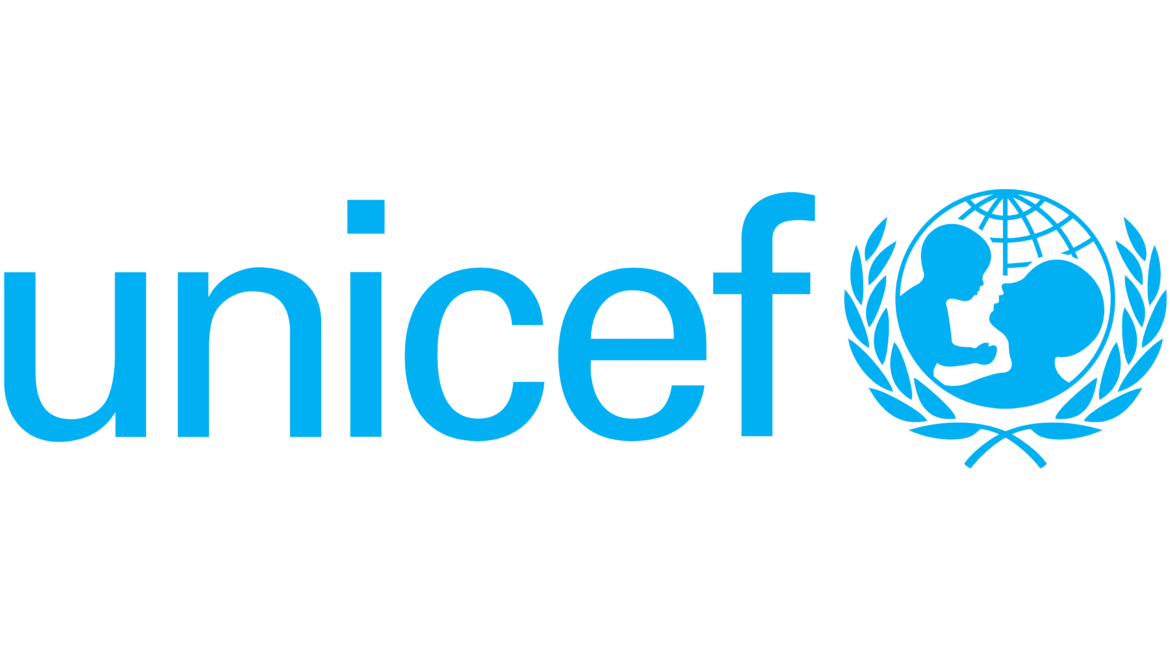By Asmau Ahmad
The United Nations Children’s Fund (UNICEF) has identified poverty as major determinant of whether a child has access to immunisation against vaccine-preventable disease or not.
The fund disclosed this in its ‘State of The World’s Children 2023’ report, adding that there are millions of such children in Africa, referred to as “zero-dose children.”
They are children who failed to receive any routine vaccination.
According to the UNICEF report, data shows that children from the very poorest households with income in the bottom 10 per cent of the population are less likely to be immunised than children in the wealthiest 10 per cent.
It stated that during the year under review, 22.6 per cent of children in the poorest households were zero-dose children, in contrast with the wealthiest group which had 4.9 per cent of zero-dose children.
The data also indicated that the gaps between the wealthiest and poorest were widest in low-income countries and narrowest in upper-middle income countries.
“West and Central Africa presented the largest gap between rich and poor, as 48.6 per cent of children from the poorest households were zero-dose children, compared with 6.3 per cent of children in the wealthiest.”
The report, which also indicated that 67 million children missed out entirely or partially on routine immunisation from 2019 to 2021 due to COVID-19, added that with 2.2 million, Nigeria was home to the second largest number of zero-dose children in the world.
The fund analysed 74 low- and middle-income countries to arrive at the report.
It also said that among the 10 countries with the highest gaps in vaccination coverage between rich and the poor, seven were in sub-Saharan Africa.
In addition to poverty, it said that location plays a significant role in whether a child is immunised or not.
“In the 74 low and middle-income countries analysed for UNICEF, 9.4 per cent of children in urban areas were zero-dose children and 15.1 per cent in rural areas.
“As with poverty, the greatest gap in immunisation by location was in West and Central Africa, where the prevalence of zero-dose children was 16.2 per cent in urban areas and 34.6 per cent in rural areas.”
The report also pointed out that multiple forms of marginalisation served as barrier to childhood immunisation.
It added that though the data showed an overall gender balance in immunisation rates, there are other ways that gender disparities become barriers to immunisation.
“The data analysed for the report focused on two categories: a mother’s lack of education and her lack of empowerment.
“In most communities, mothers have the primary responsibility for children’s health.
“However, social and cultural norms in homes and communities can limit their status and decision-making authority, which can interfere with their ability to act on their own and on their children’s behalf.
“Therefore, women most often have the burden of overcoming barriers of time and distance to immunise their children; they are the family members required to take time from work and travel to have a child immunised.
“They carry this responsibility in spite of lack of status, economic stability and information,” the fund said.
It also noted that the prevalence of zero-dose children declined as a mother’s level of education increased.
The report revealed that there was 23.5 per cent prevalence of zero-dose children among mothers without any education, 13.1 per cent prevalence of zero-dose children among mothers with a primary education and 6.9 per cent prevalence of zero-dose children among mothers with at least a secondary education.
“Of the 74 countries studied, only 33 had empowerment data. In Nigeria, the data showed the greatest gap in vaccination coverage linked to the level of empowerment experienced by mothers.
“There, the prevalence of zero-dose children among mothers with a low level of empowerment was 53.2 per cent compared with a 10.8 per cent prevalence among mothers with a high level of empowerment.”
Other factors that influence zero-dose immunisation according to UNICEF are ethnicity, crisis, displacement, availability, accessibility and affordability.
For crisis, it said that instability, violence and disruption could wreak havoc on health systems and hinder children’s opportunities to be immunised.
“Crisis can displace health workers; halt financing; impair supply chains; and cause damage to roads, electricity grids, and water and sanitation systems.
“During conflict, collateral and purposeful attacks on health-care facilities make accessing health services dangerous.”
It said that some people migrate from their homes to camps for refugees or internally displaced persons, while others find themselves in informal settlements or communities which makes it difficult to find and estimate the numbers of children who need vaccinations.
The fund however, said that reaching zero-dose and under-vaccinated children means making vaccination as available, convenient and inexpensive as possible.
It said that achieving this goal requires interventions that take account of availability, accessibility and affordability barriers with examples of such interventions being incentives that address the concerns of poor families.
Also, prompts and reminders can also be effective particularly if they are linked to vaccination records.
“Overcoming barriers of availability, accessibility and affordability is critical to overcoming inequity in immunisation and reaching zero-dose and under vaccinated children. Ultimately, overcoming these barriers will save lives.
“Indeed, immunization saves about 4.4 million lives a year. If the world reaches 2030 global goals for immunization to reach zero-dose and under-vaccinated children, the number of lives saved could climb to 5.8 million.”
The fund said that securing funding and political will globally, nationally and locally are essential to vaccinate every child.




